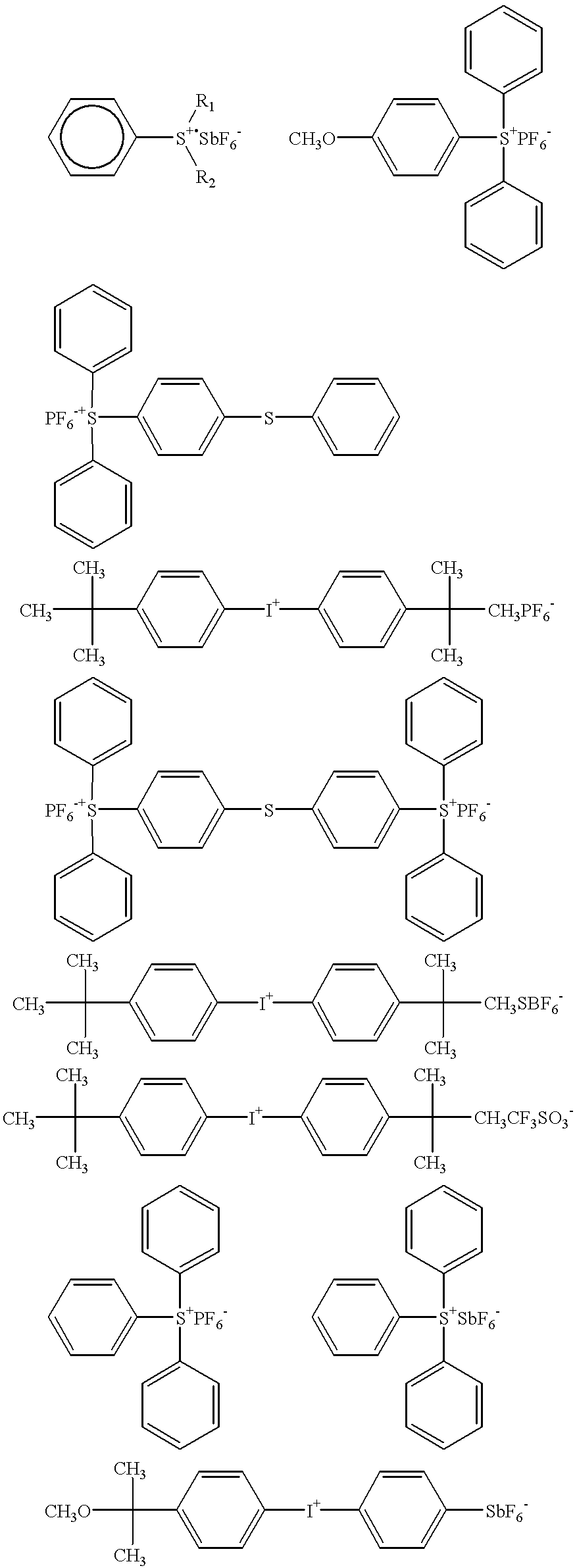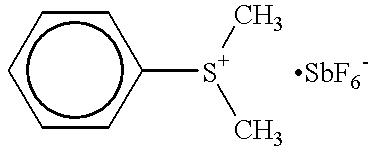Anti-reflection material, polarization film, and production methods therefor
a technology of anti-reflection and film, applied in the direction of polarizing elements, camera filters, instruments, etc., can solve the problems of static electricity adhesion, surface hardness decrease, and contaminant such as dust, etc., to achieve the effect of improving the performance of full color liquid crystal display, reducing the glare, and reducing the glar
- Summary
- Abstract
- Description
- Claims
- Application Information
AI Technical Summary
Benefits of technology
Problems solved by technology
Method used
Image
Examples
example 1
[0073] First, a dispersion liquid, described below, obtained by dispersing a mixture of cross-linking acrylic beads and toluene using a sand mill for 30 minutes, and a base coating material, described below, were stirred for 15 minutes with a disper. The mixed coating material was coated on one surface of triacetyl cellulose (trade name: Fuji Tack UVD 80, produced by Fuji Film Corporation; refractive index 1.49) which is a transparent substrate having a film thickness of 80 .mu.m and a transmittance of 92%, by means of a reverse coating method, and was subsequently dried for 2 minutes at 100.degree. C. Subsequently, the film was irradiated with UV radiation to cure the coating film, under the conditions of radiation distance (distance between the center of the lamp and the coating face): 10 cm, treatment speed (speed with respect to the mercury lamp at the coating substrate): 5 m / min, using one converging type high-pressure mercury lamp (power: 120 W / cm). In this manner, an anti-gla...
examples 2 to 4
[0085] Anti-reflection films of Examples 2 to 4 according to the present invention were obtained, in the same manner as that of Example 1 except that treatment power of the surface hydrophilizing treatment was changed to that described in the following Table 1.
1 TABLE 1 Corona Discharge Amount Treatment Power (W) (W .multidot. min / m.sup.2) Example 1 400 44.4 Example 2 800 88.9 Example 3 1200 133.3 Example 4 1600 177.8 Comparative 0 0 Example 1
PUM
| Property | Measurement | Unit |
|---|---|---|
| contact angle | aaaaa | aaaaa |
| contact angle | aaaaa | aaaaa |
| light transmittance | aaaaa | aaaaa |
Abstract
Description
Claims
Application Information
 Login to View More
Login to View More - R&D
- Intellectual Property
- Life Sciences
- Materials
- Tech Scout
- Unparalleled Data Quality
- Higher Quality Content
- 60% Fewer Hallucinations
Browse by: Latest US Patents, China's latest patents, Technical Efficacy Thesaurus, Application Domain, Technology Topic, Popular Technical Reports.
© 2025 PatSnap. All rights reserved.Legal|Privacy policy|Modern Slavery Act Transparency Statement|Sitemap|About US| Contact US: help@patsnap.com



